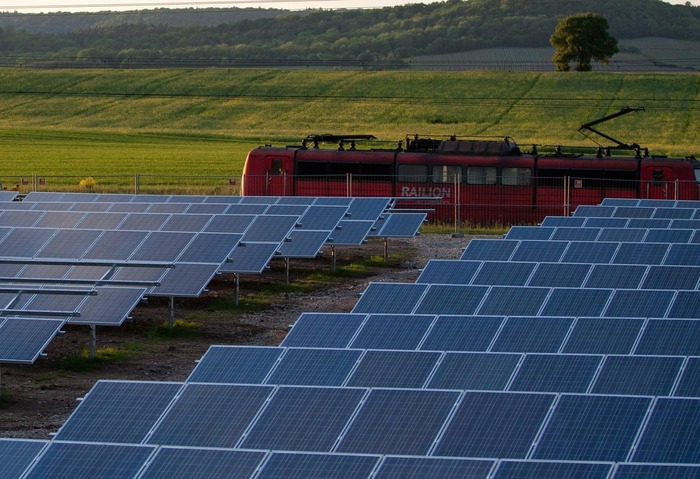Data shows that 20 African countries set a new record for the imports of solar panels, while 25 countries imported at least 100 MW
In the last 12 months till June 2025, solar panel imports into Africa rose by 60%. The capacity imported hit 15,032 MW — a new record, according to a report by the energy think tank Ember.
This is important because the solar imports are at a scale that can impact and potentially change the electricity system of many countries.
The year before, the imported capacity was 9,379 MW, found the report. Prior to this, imports surged in 2023, when South Africa ramped up its solar capacity in response to the power crisis hitting its peak.
Interestingly, most of the import surge came from countries other than South Africa. Data shows that 20 African countries set a new record for the imports of solar panels. 25 countries imported at least 100 MW, up from 15 countries 12 months before, according to the report.
Race for solar
While South Africa is the highest importer of solar panels, Nigeria overtook Egypt to become the second-largest importer with 1,721 MW of solar panel imports. Algeria came in a close third with 1,199 MW — its imports rising 33-fold.
Other countries like Liberia, the Democratic Republic of Congo, Benin, Angola and Ethiopia more than tripled their imports, while Zambia, Botswana and Sudan showed even higher growth rates, found Ember’s report.
Although so many solar panels have been imported, there isn’t much clarity about how many have been installed.
“Bottom-up energy transitions fueled by cheap solar are no longer a choice – they’re our future. Tracking these additions is what makes the difference between a messy shift and an organised, accelerated one. When you don’t track, you lose time and opportunities. Africa’s transition will happen regardless, but with timely data it can be more equitable, planned and inclusive,” said Muhammad Mustafa Amjad, program director at Renewables First.

Greater impact on electricity generation
Ember’s analysis found that the high volume of solar panel imports can have a positive effect on electricity generation in multiple countries. For example, the amount of imports in Sierra Leone in the last 12 months could generate electricity equivalent to 61% of reported electricity generation in 2023.
In Chad, the electricity generation could touch 49% if these solar panels are installed. In other countries like Liberia, Somalia, Eritrea, Togo and Benin, electricity generation from solar could potentially rise by more than 10% of reported 2023 generation, found the report.
The analysis found that 16 African countries could see an increase of over 5% electricity generation from these imported solar panels, if put to use.
“The take-off of solar in Africa is a pivotal moment. This report is a call to action, urging stronger research, analysis and reporting on solar’s rise to ensure the world’s cheapest electricity source fulfils its vast potential to transform the African continent. This surge is still in its early days,” said Dave Jones, chief analyst at Ember.
About The Author
You may also like
Renewable is elbowing out coal: Can it continue the growth momentum?
Rising Global Energy Demand Fuel Security Threats: WEO Report
PMSGY Drives Rooftop Solar Expansion, But Challenges Remain: Report
Global Renewable Energy Capacity to Double by 2030, Led by Solar PV: Report
Investing in solar, storage can save Thailand close to $2 billion: Report

